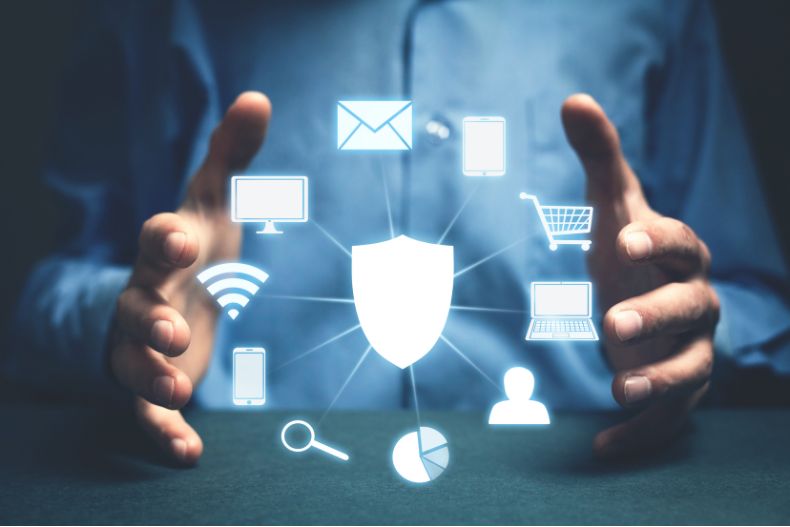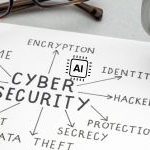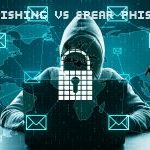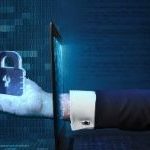Businesses are consistently on the lookout for methods to fortify their data against unauthorized access. Multifactor authentication (MFA) serves as a critical component in the security strategies of modern enterprises, adding layers of protection beyond traditional username and password credentials. Next-Gen MFA for business emerges as a sophisticated evolution, integrating advanced technologies to strengthen authentication methods and making it more difficult for unauthorized entities to breach secure environments.
Next-Gen MFA enhances business security by implementing a range of authentication factors that can include biometric verification, mobile devices, and behavioral analytics. This variety of factors does not just add security layers; it also creates a dynamic defense mechanism that adapts to the ever-changing threat landscape. This adaptability is crucial as cybercriminals develop new techniques to circumvent older, more static forms of security measures.
Embracing Next-Gen MFA helps businesses build a robust security posture, significantly reducing the risk of data breaches and cyberattacks. By verifying identities with greater precision, companies can ensure that only authorized personnel have access to sensitive information. Maintaining strict access control is vital, not just for regulatory compliance, but to foster trust with customers and partners who demand privacy and security in their digital interactions.

Understanding Next-Gen Multifactor Authentication (MFA)
Next-generation multifactor authentication elevates security measures by integrating advanced technologies that address vulnerabilities in traditional systems. This approach enhances assurance in identity verification and defends against sophisticated cyber threats.
Evolution of Authentication Methods
Initially, Authentication primarily relied on single-factor methods, typically a Password. Over time, Multifactor Authentication (MFA) emerged, requiring users to provide multiple proofs of identity. Next-gen MFA reflects an evolution, moving beyond traditional two-factor protocols to more sophisticated, multi-layered Security mechanisms.
Technological Advances in MFA Solutions
Modern MFA Solutions leverage cutting-edge technology to improve ease of use and Security Protocols. They may include contextual information, such as device trust and user behavior patterns, thus offering a more dynamic and secure authentication process than static Password systems.
Biometric Technology and MFA
Biometric verification methods, a core component of next-gen MFA, use unique biological traits—like fingerprints or facial recognition—as authentication factors. This adds a layer of Security as Biometric identifiers are difficult to replicate or steal compared to traditional tokens or passwords.
Security Protocols for Enhanced Protection
Next-gen MFA incorporates advanced Security Protocols to safeguard sensitive data. These protocols ensure that the Multifactor Authentication process itself is secured against intercepts and unauthorized access, with end-to-end encryption being a prime example.
Phishing-Resistant Multifactor Authentication
Phishing-resistant MFA means that the authentication factors are immune to phishing attacks. Often, this involves Hardware Tokens that generate one-time codes or keys, as these cannot be easily fished like a password or less secure forms of MFA.
Enhancing Business Security with MFA
As businesses constantly grapple with the challenge of protecting sensitive information and maintaining secure systems, Multi-Factor Authentication (MFA) has emerged as a cornerstone security measure. This section will focus on the real-world benefits and best practices for fortifying business security with MFA.
Protecting Sensitive Data and Web Applications
- Sensitive Data Security: By requiring additional verification factors beyond just passwords, MFA helps ensure that only authorized individuals can access sensitive data. This layer of security is precious in protecting a business’s internal and customer data from unauthorized access or exfiltration.
- Web Application Shielding: Servers and web applications that host crucial business operations are safeguarded through MFA. This prevents successful attacks that could otherwise exploit single-factor authentication weaknesses.
Preventing Account Takeover and Breaches
- Mitigating Account Takeover Risks: MFA reduces the likelihood of account takeover incidents, which can have devastating effects on a business’s reputation and finances. Through multi-layered authentication, even if one factor is compromised, unauthorized users are typically unable to fulfill the secondary authentication requirements.
- Breach Prevention: The additional authentication steps provided by MFA are a critical deterrent against potential breaches, acting as a robust security measure that can adapt to the risk levels associated with different user actions or remote workforces.
Best Practices for Implementing MFA
- User-Friendly Solutions: To encourage widespread adoption of MFA, businesses should implement user-friendly options such as mobile authentication apps, which facilitate ease of use without compromising security.
- Identity Verification: The identity of each user is verified using a combination of something they know (password), something they have (a mobile device or token), and something they are (biometric verification), thereby enhancing the integrity of remote workforces.
- Routine Evaluations: Regular evaluations of MFA practices help ensure that the security measures in place can withstand evolving cyber threats, reflecting the best practices in MFA implementation.
Conclusion
Next-Generation Multi-Factor Authentication (MFA) significantly enhances business security by adding multiple layers of protection. Incorporating elements like biometrics and wearable devices reduces reliance on human memory and vigilance. Implementing such systems not only defends against data breaches and ransomware but also fortifies the security stance against third-party vulnerabilities. Businesses stand to gain increased safeguarding of sensitive data, ensuring a more resilient and secure operational environment.











